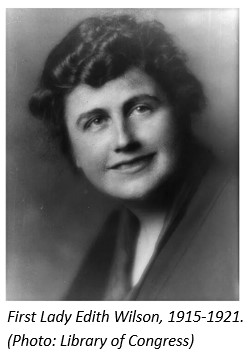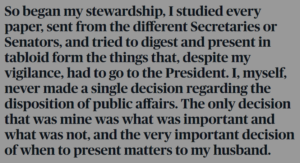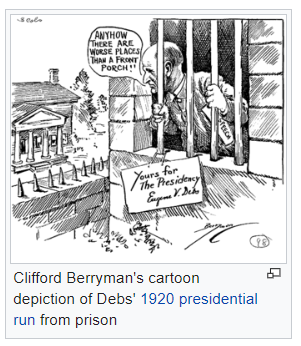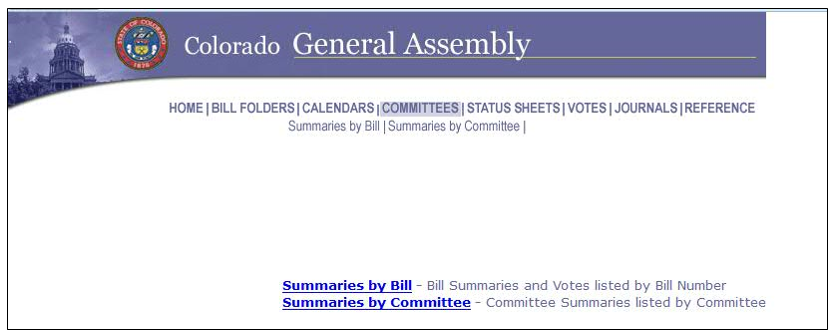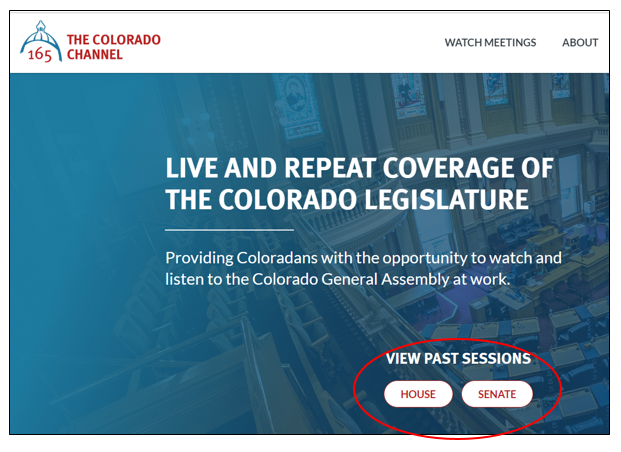Part 2 of article 6 of title 24, C.R.S., otherwise known as the “Public Official Disclosure Law”, outlines requirements for the disclosure and reporting by public officials, including members of the General Assembly, of certain types of information. Section 24-6-202, C.R.S., largely concerns the disclosure of financial information, such as sources of income; businesses in which the legislator holds a financial interest;  interests in property; the identification of all offices, directorships, and fiduciary relationships the legislator holds; and significant creditors of the legislator. Disclosure extends to the legislator’s immediate family. Financial disclosure must be made within 30 days after the legislator’s election or reelection, and each legislator must file an amended statement on or before January 10 of each calendar year.
interests in property; the identification of all offices, directorships, and fiduciary relationships the legislator holds; and significant creditors of the legislator. Disclosure extends to the legislator’s immediate family. Financial disclosure must be made within 30 days after the legislator’s election or reelection, and each legislator must file an amended statement on or before January 10 of each calendar year.
The reporting of gifts, honoraria, and other benefits that an incumbent or a candidate elected to public office receives in connection with his or her public service is the subject of section 24-6-203, C.R.S. Section 24-6-203 (3), C.R.S., lists certain items that the legislator must report, and section 24-6-203 (4), C.R.S., lists other items that the legislator need not include in his or her report. Gift and honoraria must be reported quarterly. If a legislator does not receive any of the covered items, he or she need not file a report. Legislators must file reports under both statutory sections with the secretary of state’s office.
The subject of disclosure of reimbursement for travel expenses is addressed in section 24-6-203 (3)(f) and (4)(d), C.R.S. Legislators must disclose reimbursements for travel if the reimbursement comes from a financial source other than public funds of a state or local government or from the funds of an association of public officials or public entities whose membership includes the member’s office or the General Assembly.
Seems easy enough. Here are some hypothetical situations for your consideration:
Situation #1. You are a member of the General Assembly. Following a very stressful session of the General Assembly, you had to endure painful foot surgery, which you postponed during the session. Your doctor has instructed you to stay off your feet for 3 weeks to let your foot properly heal. A longtime friend who has known you since long before you commenced your political career has offered the use of her condominium in a mountain town for your extended use. The offer comes with the assistance of a housekeeper who will prepare your meals. The relationship you enjoy with the donor is strictly personal, and the donor has never expressed any interest in the public business that you address as a legislator.
Are you required to disclose the gift of the use of the condominium?
- There is no need for disclosure because you cannot accept your friend’s offer. Now that you are elected to the General Assembly, you should never accept a gift from anyone at any time for any purpose.
- Since you probably can’t accept the gift under Amendment 41, there is no gift to accept and, therefore, to disclose under the Public Official Disclosure Law (“PODL”).
- Since the donor is a long-time friend, no one would think anything improper about receiving a gift from that person and therefore there is no need to disclose such gift.
- A gift from a long-time friend of the use of a condominium to assist in one’s recovery from surgery is not given in connection with the member’s public service. Accordingly, the member is not required to disclose the gift.
The correct answer is 4. Section 24-6-203 (2), C.R.S., requires disclosure of gifts given in connection with the member’s public service. In this case, the donor was a long-time friend who gave you the use of the condominium while you were recovering from surgery. The relationship you enjoy with the donor is strictly personal, and the donor has never expressed any interest in the public business that you address as a legislator. For these reasons, it does not appear the gift was given in connection with public service, which means you have no obligation to disclose it under section 24-6-203 (2), C.R.S.
Situation #2. You are the chair of an interim legislative committee formed to study the conversion of outdated shopping malls to alternate uses. A private non-profit foundation promoting this type of development by the name of STOP (for “Start Transferring Open Parcels”) has put together a trip for legislators from across the nation to study successful conversion projects in a dozen different cities. STOP wants to reimburse you for your reasonable travel expenses involved in participating on the trip. STOP receives less than 5% of its revenue from for-profit entities.
Are you required under the Public Official Disclosure Law (“PODL”) to disclose the reimbursement you will receive for these travel-related expenditures?
- As it doesn’t look like you would be able to accept reimbursement for the trip under Amendment 41, you shouldn’t go, making disclosure of this reimbursement a moot point.
- Since the reimbursement is coming from the funds of a nonprofit entity that is not an entity whose membership includes your office or the General Assembly, you are required to disclose your acceptance of it.
- This trip sounds like one of those “junkets” that is the source of much criticism. Accordingly, if you go, you should disclose it if only for the sake of preventing an appearance of impropriety.
- The work STOP does is really important to your constituents. There are three old and decaying shopping malls in your district alone. You feel a strong need to join the trip to learn how to generate the process of conversion in Colorado. This is such a boring issue and the sights are so depressing — why would anyone think a member would be going on this trip if he or she didn’t feel the issue was so important?
The correct answer is 2. Under section 24-6-203 (3)(f) and (3)(d), C.R.S., reimbursement for travel must be disclosed if payment of the reimbursement comes from a financial source other than public funds of a state or local government or from the funds of an association of public officials or public entities whose membership includes your office or the General Assembly. In this case, because STOP, the nonprofit organization making payment to you for your travel expenses, does not meet these criteria, the reimbursement must be disclosed under the PODL.
For more LegiSource articles on public disclosure and reporting requirements, see:
- https://legisource.net/2014/01/30/government-transparency-colorados-open-records-and-open-meetings-laws/
- https://legisource.net/2015/04/09/april-15-is-tax-day-but-its-also-gift-reporting-day-are-you-ready/
- https://legisource.net/2013/01/17/where-to-turn-when-you-are-faced-with-an-ethics-dilemma/
Click here for other LegiSource articles regarding ethics.

